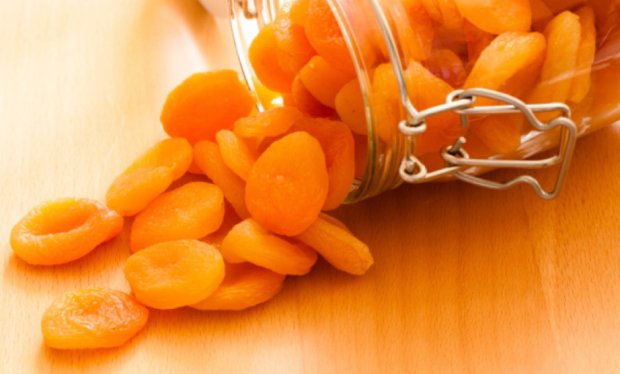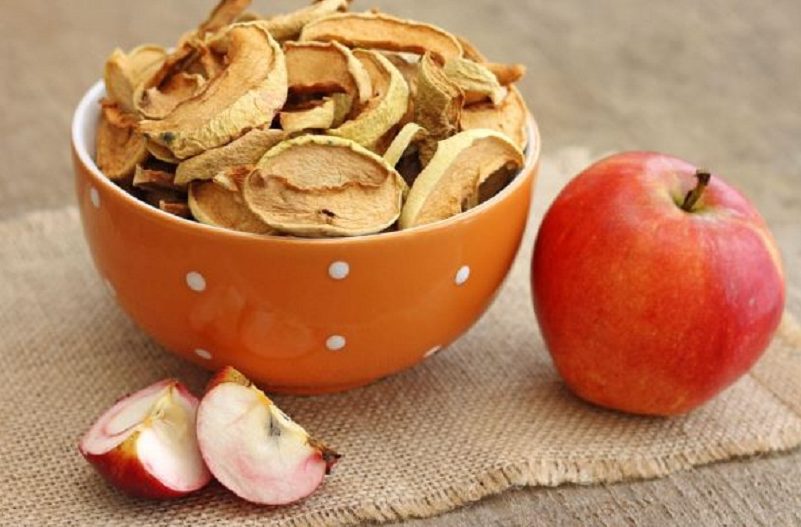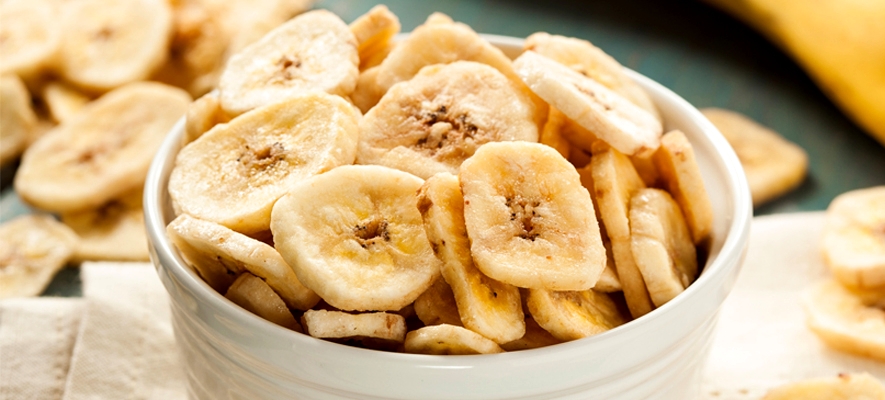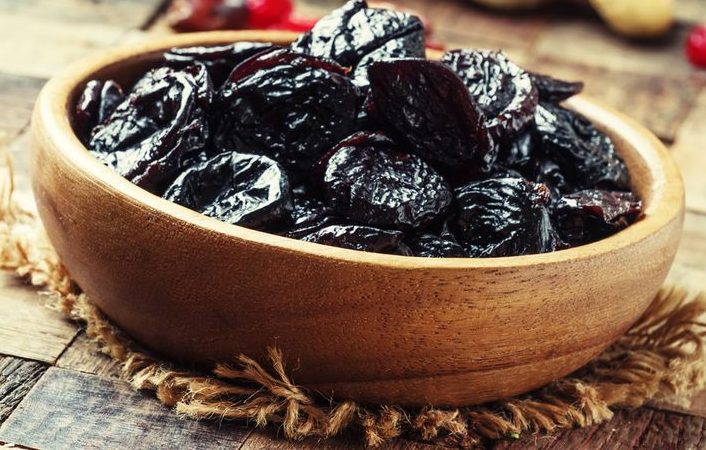With most of the people back to work, it seems this week we are getting back to normal. It means after a few weeks focusing on logistics, we have to keep an eye on the developments in the various markets in our scope of products. Well, some of the markets have changed since the end of last year. We see some fundamental changes especially in some dried fruit markets. Apricots, apples and raisins have changed pricewise over the last few weeks.
We may also point to the discussions in Brussels on contaminants and pesticides, as well as the discussions on sulfur limits. It will not be the first time the technocrats will come with new regulations with no eye for the practical problems the trade has to deal with. Of course in the end, not only the consumers but also the trade will benefit from the “health-perception” for our products. However bluntly announcing bans on certain products, while goods in stock or still growing, without time for adaption, is also not fair.
APRICOTS
 In the last days the prices for Turkish apricots increased substantially. Not only because of a stronger Turkish Lira against the dollar (+5%), but mainly because the estimated crop of 170K tons did not materialize and only is now expected to be a mere 130K tons. With already a 50k tons shipped, the balance for the remaining 8 to 9 months till the new crop is available, consist mainly of small sized fruit and ‘industrial’ quality. On top the temperatures around Malatya are relatively high, which feeds the fear for an early bloom.
In the last days the prices for Turkish apricots increased substantially. Not only because of a stronger Turkish Lira against the dollar (+5%), but mainly because the estimated crop of 170K tons did not materialize and only is now expected to be a mere 130K tons. With already a 50k tons shipped, the balance for the remaining 8 to 9 months till the new crop is available, consist mainly of small sized fruit and ‘industrial’ quality. On top the temperatures around Malatya are relatively high, which feeds the fear for an early bloom.
With the increased controls in Europe, importers must be careful to buy material well below the 2000ppm threshold. It goes without saying, the above ‘cocktail’ has led to a firmer market, which last weekend came to an outburst when shippers withdrew from the market or announced considerable higher prices.
APPLES
 The measurements of the Chinese government to enforce all kind of regulations by even simply shutting down factories in order to fight the environmental pollution, have caused quite some delays in shipments from China. Not only do we see a shortage on the spot for time being, but also prices in China firmed rapidly, as those having permission to produce, simply have more costs and are with less competitors. The first arrivals in Europe of new crop are about to land this month.
The measurements of the Chinese government to enforce all kind of regulations by even simply shutting down factories in order to fight the environmental pollution, have caused quite some delays in shipments from China. Not only do we see a shortage on the spot for time being, but also prices in China firmed rapidly, as those having permission to produce, simply have more costs and are with less competitors. The first arrivals in Europe of new crop are about to land this month.
BANANA CHIPS
 The market for bananachips is a little in the doldrums: not much activity after good sales in November and December in Europe. The reason why prices keep stable is the demand in Asia for the festivals, which make processors feel comfortable and see no need to promote the product by means of lower prices.
The market for bananachips is a little in the doldrums: not much activity after good sales in November and December in Europe. The reason why prices keep stable is the demand in Asia for the festivals, which make processors feel comfortable and see no need to promote the product by means of lower prices.
It is hard to predict the further development. Much will depend on the weather conditions in the Philippines and the new demand in Europe and Northern America.
CRANBERRIES

Prices for dried cranberries are beginning to grow, after numerous changes in the industry:
-The farmers giving up cranberry growing as they could not make a living out of it anymore.
-Reduction of production and the cooperation on the field of marketing in the USA.
-The consolidation in the industry.
-The extension of the tariff suspension in the EU for at least another year.
PINEAPPLE / PAPAYA

The crop of the pineapple was looking good and no shortage is expected.
For papaya also a good availability with no problems foreseen in supply. Prices we expect to remain stable as well.
Also the Thai Baht is getting stronger against the dollar, which has offset the somewhat lower prices on the local market when exporting in dollars as usual.
PRUNES

The prunes market is quiet in anticipation of the development of the new crop in Southern America, especially Chile. So far the crop is growing well, but there are not yet any serious prices in the market. There are still some offers for the 2017 crop at attractive pricing, which might be an indication for acceptable opening levels of the 2018 crop from Chile.
It is also too early to estimate the Argentine crop and whether this origin will play a role in the world market. The last years the crop was too limited and used mainly domestically.
RAISINS
The Californian crop is short by over 25% and consequently prices have increased dramatically. Still at this moment some shippers stay away from the market either because they are sold well or just for tactical purposes. All together there are no bargains in this seller’s market.
 South-Africa is at the beginning of the harvest. For the grapes in the Orange River area it looks goods, with sufficient water to irrigate the orchards. The crop is expected to be between 50K and 60K, with some critical remarks that based on the somewhat disappointing crop of the (earlier) table grapes, the crop for the dried vine fruits may be somewhat smaller as well. Obviously in view of the developments in California, opening prices will be higher than last year’s levels. Also the fact Thompsons will be higher priced, will not be an incentive for the farmers to focus on goldens, being a higher risk and more costly to produce.
South-Africa is at the beginning of the harvest. For the grapes in the Orange River area it looks goods, with sufficient water to irrigate the orchards. The crop is expected to be between 50K and 60K, with some critical remarks that based on the somewhat disappointing crop of the (earlier) table grapes, the crop for the dried vine fruits may be somewhat smaller as well. Obviously in view of the developments in California, opening prices will be higher than last year’s levels. Also the fact Thompsons will be higher priced, will not be an incentive for the farmers to focus on goldens, being a higher risk and more costly to produce.
In Turkey the crop of 300K plus has led to lower prices. Meanwhile with also Iran said to have a substantial lower crop (-30 to 40%!!) and the firmer YTL, prices have started to rise and meanwhile a couple of hundreds of dollars more expensive then in August.
As most of the traders in Chile are still enjoying their (summer-) holidays, not yet a real market to report. For sure they know what happens in the other part of the world as well, so cheaper prices compared to last year, seems to be an illusion.

